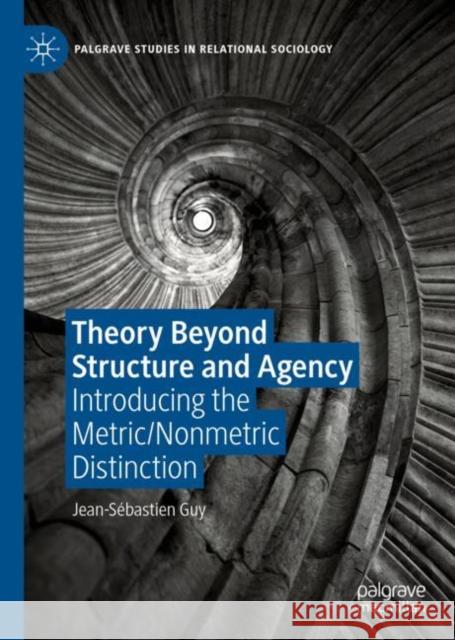Theory Beyond Structure and Agency: Introducing the Metric/Nonmetric Distinction » książka
topmenu
Theory Beyond Structure and Agency: Introducing the Metric/Nonmetric Distinction
ISBN-13: 9783030189822 / Angielski / Twarda / 2019 / 277 str.
Theory Beyond Structure and Agency: Introducing the Metric/Nonmetric Distinction
ISBN-13: 9783030189822 / Angielski / Twarda / 2019 / 277 str.
cena 288,47 zł
(netto: 274,73 VAT: 5%)
Najniższa cena z 30 dni: 287,12 zł
(netto: 274,73 VAT: 5%)
Najniższa cena z 30 dni: 287,12 zł
Termin realizacji zamówienia:
ok. 20 dni roboczych.
ok. 20 dni roboczych.
Darmowa dostawa!
Kategorie:
Kategorie BISAC:
Wydawca:
Palgrave MacMillan
Seria wydawnicza:
Język:
Angielski
ISBN-13:
9783030189822
Rok wydania:
2019
Wydanie:
2019
Ilość stron:
277
Waga:
0.50 kg
Wymiary:
21.01 x 14.81 x 1.75
Oprawa:
Twarda
Wolumenów:
01
Dodatkowe informacje:
Wydanie ilustrowane











